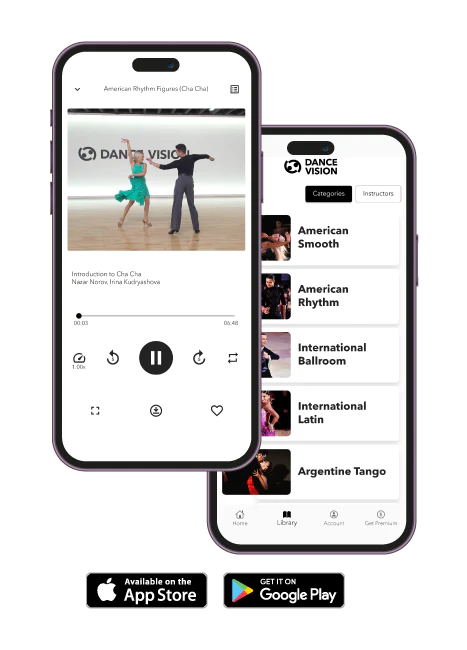1. Traditional Significance
The father-daughter dance carries profound cultural and emotional significance within weddings. It serves as a symbolic transition, signifying the daughter's journey from her father's care into the world of marriage. This poignant exchange marks the father's acknowledgment of his daughter's growth and his unwavering support as she embarks on this new chapter. Widely viewed as a tribute to the enduring bond shared between father and daughter, it honors the pivotal role the father has played in shaping his daughter's life.
2. Emotional Moment
The father-daughter dance at weddings captures the depth of feeling shared between them. This heartfelt occasion brims with emotion as they share a symbolic dance, often stirring tears of joy and nostalgia. It's a profound moment where their bond is expressed through movement and music, evoking cherished memories and anticipation for the future. The emotional impact of this dance transcends the dance floor.
3. Song Selection
The selection of the song establishes the mood for the dance, serving as a reflection of the unique bond between the father and daughter. Planners often invest significant time in choosing a song that holds personal meaning, whether it's a nostalgic melody from the daughter's childhood or a heartfelt lyric that resonates with their emotions. It's crucial to find a song that truly embodies their relationship and enriches the overall experience of the father-daughter dance. Among the notable choices for this dance are: 1. "I Loved Her First" by Heartland, 2. "My Wish" by Rascal Flatts, 3. "Daddy's Little Girl" by The Shires, 4. "You Can Let Go" by Crystal Shawanda, and 5. "Fathers and Daughters" by Michael Bolton.
Moreover, there is an abundance of music recommendations for weddings. Here is the list:
4. Dance Style
With no strict guidelines, the chosen dance style typically mirrors the personalities and desires of the father-daughter duo. While some may favor a classic slow dance with gentle movements, others may prefer a livelier approach, incorporating spins, twirls, or even choreographed routines. It's crucial that the selected dance style complements the mood of the chosen song and feels comfortable for both individuals. Whether it's a gentle sway or a more elaborate routine, the dance style adds a personalized touch to this poignant moment, enriching the overall experience for everyone present. Here are examples of various father-daughter dance styles in Youtube.
5. Inclusivity
Traditionally focused on the bond between a father and daughter, contemporary interpretations of the dance acknowledge the diverse nature of families. Inclusive approaches extend the dance to include other parental figures, like step-parents, guardians, or siblings, who have had significant roles in the daughter's life. This broader view enables the father-daughter dance to celebrate all forms of love and support within the family, ensuring that every member feels valued and included in this meaningful occasion.
6. Symbolic Transition
The symbolic transition of the father-daughter dance illustrates the daughter's passage from one life stage to another, typically marked by marriage or debut. As they dance, it symbolizes her shift from relying on her father's guidance to embracing independence and partnership. This moment signifies the father's acknowledgment of his daughter's growth and his unwavering support for her new journey. The dance serves as both a visual and emotional representation of this transition, becoming a significant and cherished aspect of wedding celebrations.
As we conclude, the father-daughter dance stands out as a beloved tradition, requiring meticulous song selection and rehearsal. Whether following tradition or adding personal touches, it crafts lasting memories symbolizing the special bond shared between father and daughter, becoming a standout moment in the celebration, whether it be a wedding or a debut..

